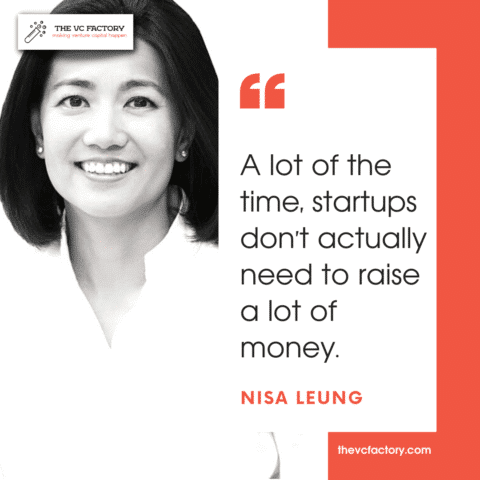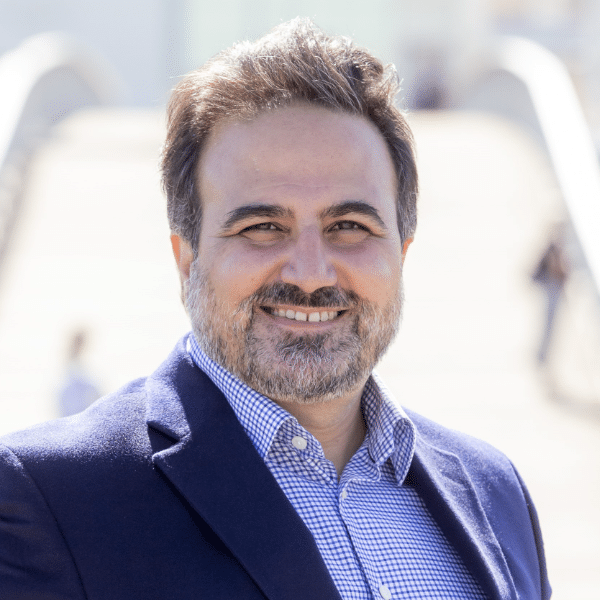“A lot of the time, startups don’t actually need to raise a lot of money.” – Nisa Leung

Given the current excesses of the current startup funding market, it somewhat comes as a surprise when Venture Capitalists don’t push startups to raise as much money as they can to take the world by storm. In Nisa Leung’s case, it’s all the more unexpected that she invests in healthcare, a vertical known for its unquenchable thirst for large swathes of money early on.
Ranked #33 in the 2020 Forbes Midas List, the prestigious ranking of the best VCs globally, Leung has repeatedly noticed that long-term vision, not short-term cash bursts, is what makes entrepreneurs succeed.
The Zai Lab Experience
In a recent interview, Leung was asked about the hardest decision she had to make in her career. She replied that it was convincing her Qiming Venture Partners colleagues to invest in a two-man team that didn’t even have a protocol in place.
You’ll see in the video below that she hesitates when she says “two-man”.
That’s because one of the Founders of that company, Zai Lab, is a woman.
Samantha Du, aka “Big Sister” (she’s known for her mentoring generosity among Chinese entrepreneurial circles), had just left a fat paycheck at Sequoia Capital China to go back to what she did best: growing biotech companies.
Nisa Leung found in Zai Lab’s Founding team what she is looking for in entrepreneurs: a long-term vision, not a desire to “make a quick buck”.
That bet turned out determining for both women: Zai Lab went public three years later at a valuation over $1 billion and is worth ten times that now.
What Is The Best Approach To Fundraising?
Leung doesn’t disapprove of companies raising money to grow, obviously—otherwise, she would be out of a job. The question is: how much money should Founders raise? Correctly sizing an equity round, as I demonstrate in this post, has far-reaching consequences on the success of Founders’ fundraising efforts.
In the same interview, Leung adds another difficult decision Venture Capitalists have to make: whether to keep investing in a startup that takes longer to execute its initial plan. It is a frequent occurrence in Startup Land.
When it takes a startup double the time to build a prototype, it is difficult to know whether to pull the plug or extend a bridge financing.
Nisa Leung – Quiming Venture Partners
The best approach to fundraising is to identify what needs to happen to validate the next assumption about the company’s growth, then raise a little bit more than projected to get to that milestone. The top-down check is whether the startup will have doubled its value after spending the round’s money.
Watch my webinar “How Much Can You (Really) Raise” for a step-by-step guide to size your equity raise adequately.
Subscribe to our newsletter (see below) for more VC Quotes and their background. We publish a new one once a week. You can read all our quotes here.
